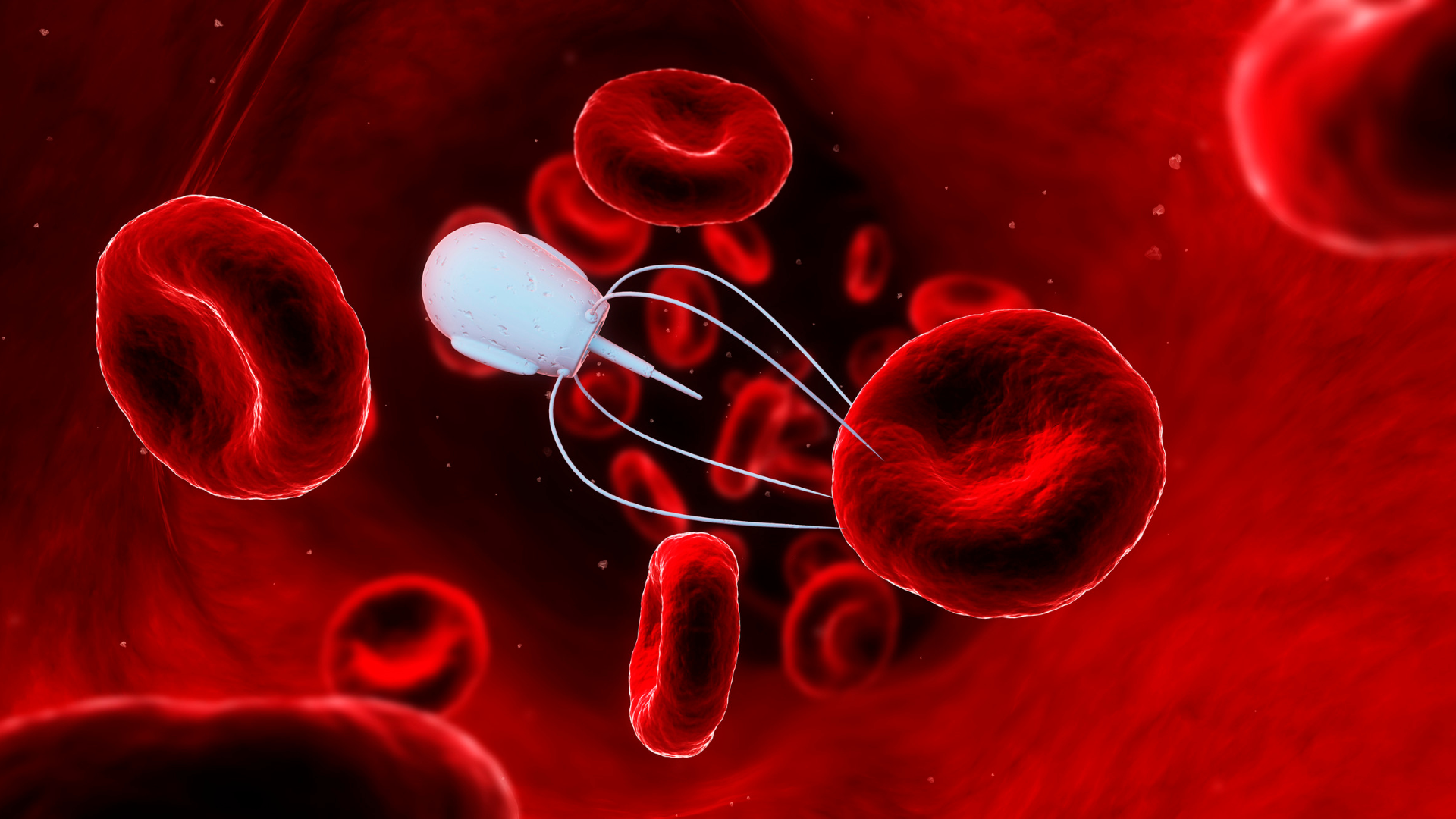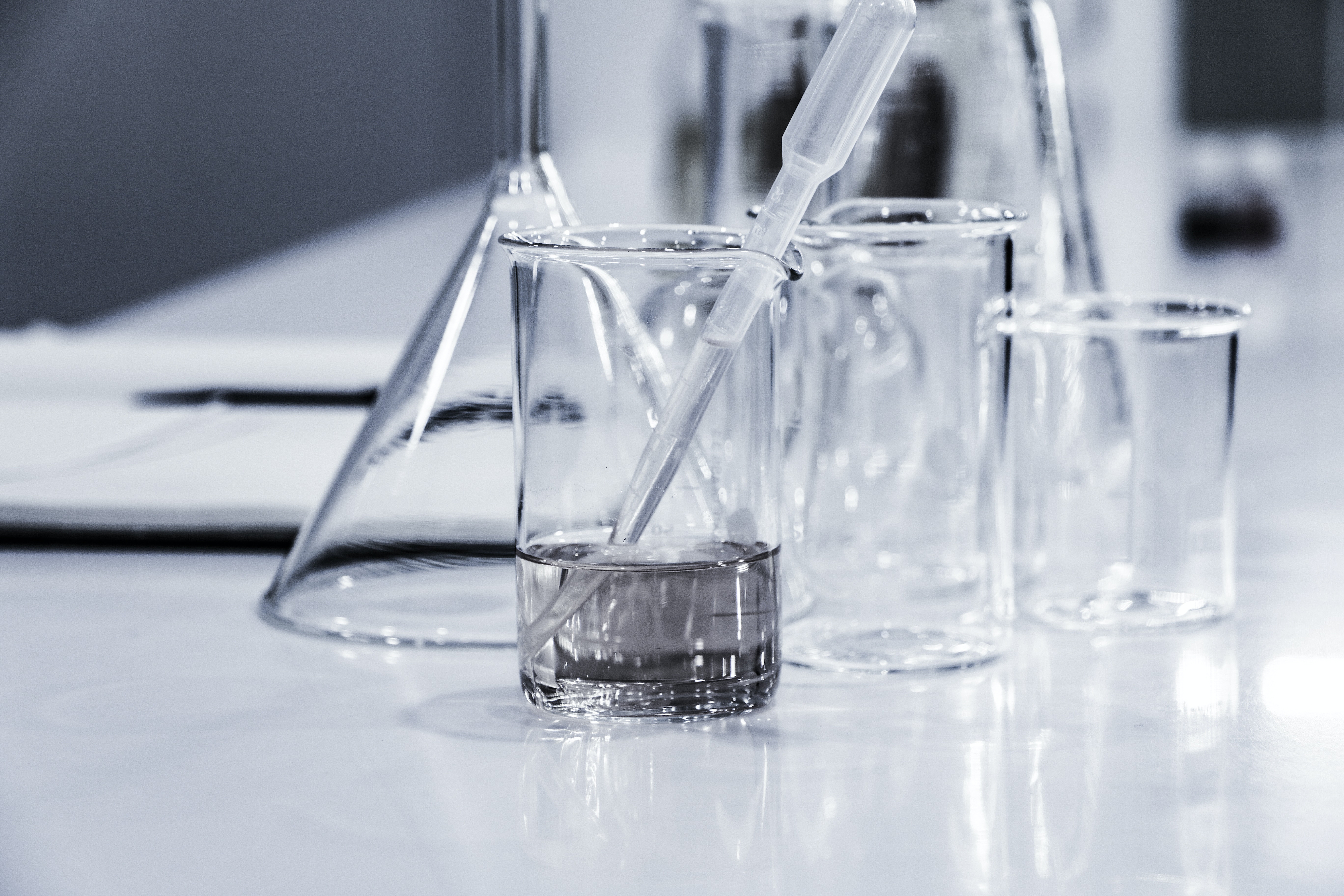Sustainable Drug Formulation: Paving the Path for Greener Pharmaceutical Future

In an era where the environmental impact of every industry is under scrutiny, pharmaceuticals are no exception. Drug formulation, one of the most critical phases in drug development, is now undergoing a paradigm shift towards sustainability. As key players in shaping health outcomes worldwide, pharmaceuticals occupy a unique intersection between delivering therapeutic solutions and maintaining an eco-conscious approach. For scientists specialising in drug formulation, this dual responsibility becomes especially pertinent. How can we achieve the paramount goal of creating effective, life-saving drugs while simultaneously ensuring that our methodologies are in line with sustainable practices?
Understanding the Context: The Environmental Impact in Pharma
The pharmaceutical industry, with its rigorous research and high consumption of resources, has long been associated with significant environmental footprints. A study published in NCBI on "Comparing Environmental Policies to Reduce Pharmaceutical Pollution and Address Disparities”highlighted that the pharmaceutical sector contributes notably to environmental pollution through water waste, emissions, and solid waste generation.
Especially in the formulation phase, where active pharmaceutical ingredients (APIs) are combined with excipients to create the final drug product, there's a considerable environmental impact. Traditional processes use organic solvents, which are not only harmful to the environment but also pose health risks to workers.
Sustainable Drug Manufacturing: A Need and Not a Choice
There is an inherent responsibility to lead the charge in making the industry greener. Sustainable drug manufacturing not only means reducing the environmental impact but also ensuring the longevity of the industry itself. There's a growing consumer demand for eco-friendly products and an increasing number of regulations pushing industries to adopt sustainable practices.
Vertex Pharmaceuticals' cystic fibrosis drug, Orkambi, received approval from the FDA as the first drug produced using continuous manufacturing techniques. This not only expedites the manufacturing process but also reduces the environmental impact.
Sustainable Drug Formulation: Innovations and Practices
The heart of sustainable drug formulation lies in reducing pharmaceutical waste and environmental toxicity while ensuring therapeutic efficacy. A few pioneering steps in this direction include:
- Solvent Replacement: Traditional organic solvents can be replaced with greener alternatives. For instance, using supercritical carbon dioxide can be an effective alternative in some processes, reducing solvent waste.
- Continuous Manufacturing: By moving from batch processes to continuous ones, there's not only an increase in efficiency but also a significant reduction in waste. This approach optimizes the usage of raw materials, translating to lower costs and lesser environmental impact.
- Formulation Lifecycle Analysis: Implementing a lifecycle analysis for drug products can identify potential environmental impacts from raw material extraction to disposal. This analysis provides a roadmap to make more sustainable choices at every step.
- Eco-friendly Packaging: A significant portion of pharmaceutical waste comes from packaging. Adopting biodegradable or recyclable packaging can substantially reduce this waste and help shifting Toward Sustainable Packaging Solutions for Drug Manufacturers
Conclusion: Challenges and the Road Ahead
While the intent and benefits of sustainable drug formulation are evident, the path is laden with challenges. Regulatory hurdles, high initial investment costs, and the need for interdisciplinary collaboration are some of the barriers faced.
However, the future seems promising. With increased awareness about environmental impact in pharma, there's a push from both consumers and regulators for more sustainable practices. By integrating the principles of green chemistry and environmental science into the drug formulation process, the industry can hope to achieve not only environmental sustainability but also enhanced economic viability. The biotech and pharmaceutical industry must prioritize sustainability. Not just as a buzzword, but as an integral part of its DNA.







